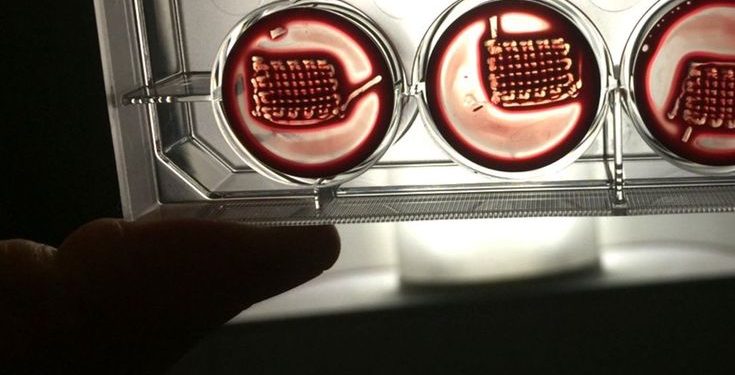Jakarta, Indonesia Sentinel — Scientists at the University of Nottingham have developed a groundbreaking 3D-printed regenerative material derived from blood that mimics the body’s natural healing process. Described as “biocooperative,” the material paves the way for personalized, blood-based regenerative therapies that could enhances recovery and effectively treat injuries and diseases.
According to The Engineer, the research published in Advanced Materials, uses a patient’s own blood combined with peptide amphiphiles (PAs) to trigger a natural healing response.
“For years, scientists have been investigating synthetic approaches to recreate natural regenerative environments, which has proven challenging due to their inherent complexity,” said Alvaro Mata, Professor of Biomedical Engineering and Biomaterials at the University of Nottingham and the study’s lead researcher.
Human Recovery
The human body has an extraordinary ability to heal ruptures or fractures, particularly on a small scale. This complex process begins with liquid blood forming a regenerative hematoma (RH)—a rich microenvironment made up of essential cells, macromolecules, and growth factors that drive regeneration.
The research team developed a self-assembly methodology in which synthetic peptides are combined with whole blood taken from a patient to create materials that harness the key molecules, cells, and mechanisms involved in natural healing.
This approach enables the engineering of regenerative materials that not only replicate the properties of natural RH but also enhance its structural and functional qualities.
These materials can be easily assembled, manipulated, and even 3D-printed while preserving the essential functions of natural RH, such as platelet behavior, growth factor formation, and the recruitment of critical healing cells.
Trials and Potential
In preclinical trials, the team demonstrated that this method successfully repaired bone defects in animal models using the animal’s own blood.
“This biocooperative approach open opportunities to develop regenerative materials by harnessing and enhancing mechanisms of the natural healing process,” the researchers said. In other words, our approach aims to use regenerative mechanisms that we have evolved with as fabrication steps to engineer regenerative materials.”
Bernadya Dominates as Top Artist on Spotify Wrapped Indonesia 2024
Dr. Cosimo Ligorio from the Faculty of Engineering at the University of Nottingham, one of the study’s authors explained that the possibility to easily and safely turn people’s blood into highly regenerative implants was exciting.
“Blood is practically free and can be easily obtained from patients in relatively high volumes,” He said. “Our aim is to establish a toolkit that could be easily accessed and used within a clinical setting to rapidly and safely transform patients’ blood into rich, accessible, and tuneable regenerative implants.”
The work from Nottingham scientist team provides a proof of concept for biocooperative materials that go beyond biomimicry. Rather than simply recreating the body’s processes, the approach enhances them. Therefore, the ability to 3D-printed patient specific blood based implants holds the potential to revolutionize regenerative medicine.
(Raidi/Agung)

























